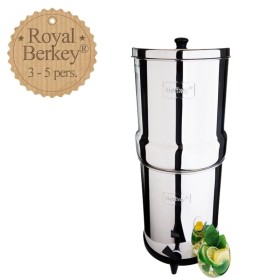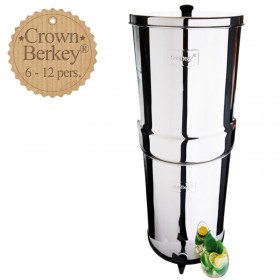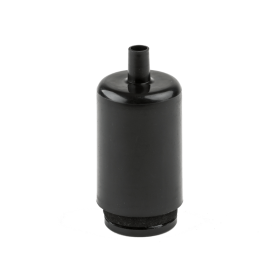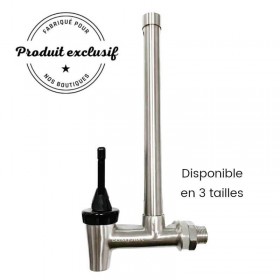Lead in Tap Water: An Invisible Danger
The presence of lead in drinking water is a major public health concern, as this toxic metal can have devastating effects on human health, particularly in children.
Sources of Lead in Tap Water
Lead can enter drinking water in a number of ways, mainly through ageing infrastructure. Houses built before the 1980s may still have lead pipes or lead fittings. Over time, these pipes can corrode and release lead into the water. Until 1986, lead solder was commonly used to join plumbing pipes. These solder joints can also corrode and contaminate the water. If the water has a low pH or is particularly corrosive, it can dissolve lead from pipes and solder, releasing it into the tap water.
Health Dangers of Lead
Exposure to lead, even in low doses over a prolonged period, presents numerous health risks. The health effects can be particularly serious for children, but adults are not immune to the dangers.
In children, exposure to lead can lead to delays in physical and mental development. Children may have learning difficulties, lower IQs and behavioural problems. Lead is also linked to attention disorders and hyperactivity, and can affect children's normal growth and physical development. In adults, lead exposure can increase blood pressure and the risk of heart disease, damage the kidneys and affect their ability to filter waste from the blood, and cause complications during pregnancy, affecting the health of the foetus.
How do you know if you have lead in your tap water?
The quality limit for lead content in water intended for human consumption was lowered from 25 micrograms per litre (µg/L) to 10 µg/L on 25 December 2013, in line with the guide value recommended by the World Health Organisation.
To find out if you have lead in your tap water, you can use home test kits available online and in DIY shops, which are easy to use and give quick results. Alternatively, you can request tests from your local water supplier. These reports can indicate the presence of lead in your area. Finally, if you live in a house built before the 1980s, it's prudent to have your water tested regularly due to the increased risk of contamination from lead pipes or solder.
How Berkey® Water Filters Protect Against Lead
Replacing the water pipes in your home can be costly. Berkey® water filters are designed to provide clean, safe drinking water by removing a wide range of contaminants, including lead. Black Berkey® filter elements are certified to reduce lead to virtually undetectable levels. However, if too many heavy metals are present in the water, the life of your Black Berkey® filters can be shortened more quickly. That's why Berkey® created the PF-2™ complementary elements.
Black Berkey® Filters and PF-2™: Enhanced Heavy Metal Protection
The PF-2™ filters, which work in tandem with the Black Berkey® filters, offer additional protection against heavy metals. The former have a purification role by removing all harmful elements from the water (including heavy metals if they are in a normal concentration) while the latter are specialised in retaining not only lead, but also other heavy metals such as mercury, aluminium, cadmium but also fluorine.
Conclusion
Lead in tap water is an invisible but serious danger. The best way to protect your family is to understand the sources of contamination and take steps to eliminate lead from your drinking water. Berkey® water filters, combined with PF-2™ filters, offer a reliable and effective solution to ensure that the water you drink is safe and free from lead and other heavy metals. To find out more about Berkey® water filters and how they can improve the quality of your water, visit our website or contact our customer service team.
Share this content























